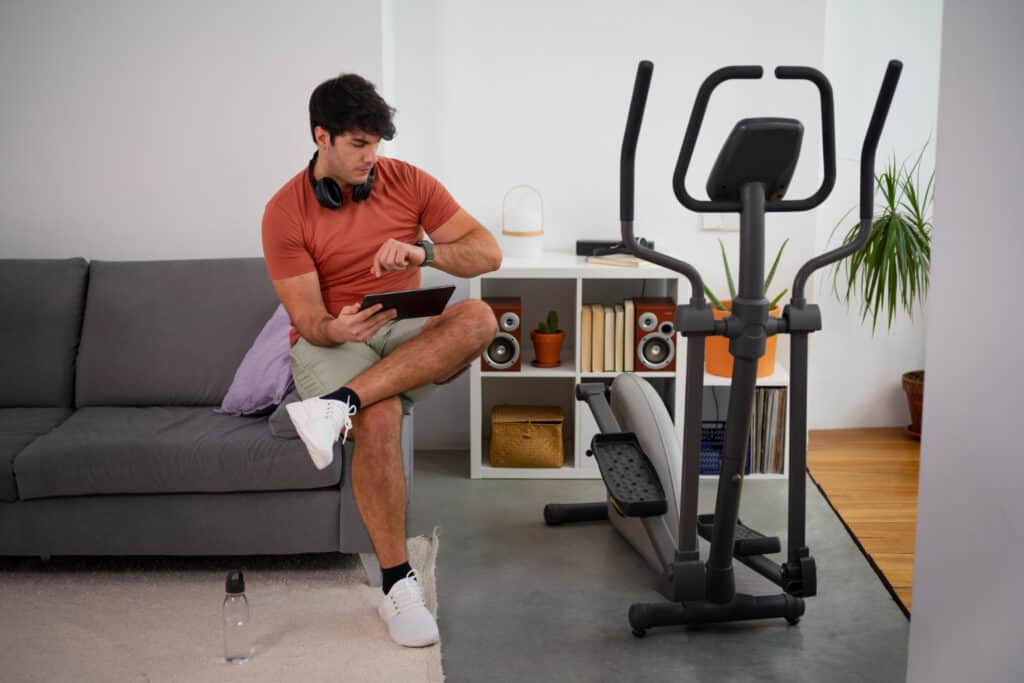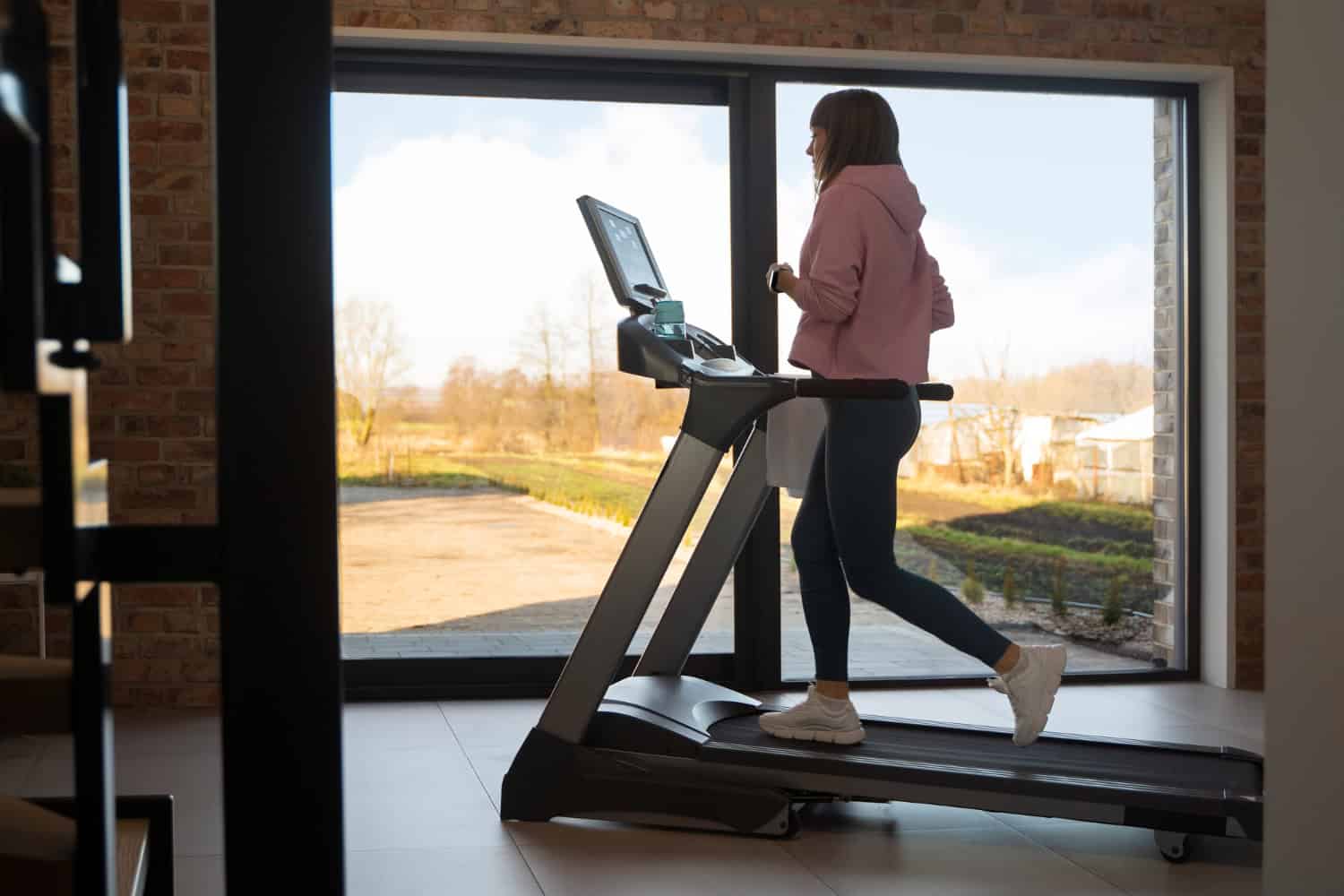When it comes to building a consistent fitness routine, choosing the right environment can significantly affect your motivation, progress, and long-term results. For many people, the decision often comes down to working out at home gym or attending group studio classes. Each option offers its own unique benefits and challenges, and what works best will depend on individual preferences, lifestyle, and fitness goals.
With the rise of digital fitness platforms and compact gym equipment, home workouts have become more accessible than ever. Meanwhile, group classes continue to thrive by offering social accountability and guided instruction. Both options are valid gym alternatives, and each appeals to different kinds of fitness seekers.
Comparing Convenience and Accessibility
The first thing most people consider when choosing between a home gym and a group studio is convenience. Each has its own kind of flexibility depending on your schedule and living space.
Home Workouts Save Commute Time
One of the biggest benefits of home workouts is no travel. You can roll out of bed, hit play on a workout video and be done in under an hour. Perfect for those with tight schedules or those who hate the extra time spent commuting to a studio.
Studios Offer Scheduled Sessions That Create Routine
While studios require travel, they also provide structure. Attending a scheduled class helps you build discipline and create a habit. For those who struggle to stick to a workout routine on their own, this structure can be super motivating and effective.

Motivation and Accountability
Motivation is key to fitness success. The environment you work out in can either support or sabotage your ability to be consistent.
Home Gyms Rely on Internal Motivation
When exercising at home, you are your own coach. For self-driven individuals, this can be empowering. You control your schedule, choose your workouts, and decide the pace. But without external pressure or social presence, it is easier to skip a day or several.
Group Classes Provide Social Accountability
Group settings often come with built-in encouragement. When you book a class and show up regularly, both instructors and fellow participants notice your progress. This subtle accountability helps people stay engaged, even on days when motivation is low. For some, that social aspect can be the key to long-term consistency.
Personalization vs. Guided Instruction
Whether you are a beginner or experienced fitness enthusiast, the level of instruction and personalization matters. Each environment supports this differently.
Home Workouts Can Be Tailored to Your Needs
Thanks to online platforms and fitness apps, it is easier than ever to customize home workouts. You can follow beginner-friendly yoga one day and do a HIIT session the next. This variety is helpful for preventing boredom and adjusting workouts to match your fitness level or limitations.
Studios Offer Expert Instruction and Corrections
In group classes, trained instructors guide you through movements and help correct your form. This hands-on support can prevent injuries and help you learn faster. For beginners especially, this real-time feedback can make a big difference in results.
Cost and Investment
Cost is a big consideration for most people looking at gym alternatives. What you pay for equipment or memberships directly affects your ability to sustain your fitness routine.
Home Equipment is a One Time Cost
Building a home gym may cost more upfront but in the long run it can be more cost effective. A set of weights, a yoga mat and a few resistance bands may be all you need. There are also free or low cost online programs that reduce ongoing costs.
Studio Memberships Offer Variety Without Equipment Costs
Group classes require a recurring membership fee. While this adds up over time it covers the use of all equipment and the expertise of certified trainers. You don’t need to invest in anything beyond workout clothes making it a lower barrier to entry.
Environment and Distractions
Your surroundings can either support or hinder your ability to focus and push yourself during workouts. The environment of your chosen workout location plays a big role.
Home Gyms Can Be Distraction-Prone
One drawback of home workouts is that distractions are just a room away. Family, chores, or even the temptation to check your phone can interrupt your session. Creating a designated workout space can help, but it may still lack the energy of a shared environment.
Group Studios Create a Dedicated Fitness Space
Studios are built for one thing; exercise. The energy, music, and focused environment are all designed to motivate. When you step into a group class, you mentally prepare to work out, which can make the session more effective and immersive.
Progress Tracking and Goal Setting
Seeing progress is one of the strongest motivators to keep going. The ability to track and measure that progress varies depending on your workout environment.
Home Gyms Allow You to Track at Your Own Pace
Apps, wearables, and personal journals make it easy to set goals and monitor progress during home workouts. You decide what success looks like and measure your milestones accordingly. This independence appeals to people who enjoy self-management.
Group Classes Offer Performance Benchmarks
In structured classes like spin, CrossFit, or boot camps, instructors often measure your performance over time. You can track improvements in strength, stamina, or flexibility with the group. For many, this collective sense of growth is highly motivating.
Safety and Injury Risk
Preventing injury is essential to maintaining a long-term fitness routine. The way exercises are performed and supervised can greatly influence this.
At-Home Exercisers Must Be Mindful of Form
Without an instructor to guide you, the risk of performing exercises incorrectly is higher at home. Beginners may find it hard to know if they are using proper form. Watching video demos helps, but it is not a substitute for real-time feedback.
Group Studios Offer On-the-Spot Corrections
In group settings, instructors often walk around the class to check alignment and offer modifications. This added layer of oversight can prevent common injuries and help you learn proper techniques early on.

Adaptability and Long-Term Use
As you change your fitness needs, your workout space should change with you. How flexible your options are will impact your long term success.
Home Gyms Grow With You Over Time
One of the benefits of a home setup is that it grows with you. As you get stronger or change your goals you can swap out equipment, upgrade software or change up your routines. You have total control.
Studios Offer Class Variety and New Challenges
Class schedules and themes change often and introduce new challenges and formats. From dance based cardio to strength training circuits there’s always something new. This variety helps to reduce boredom and keep long term fitness exciting.
Conclusion
Choosing between a home gym and a group studio depends on personal preferences. Home workouts offer privacy and flexibility, ideal for self-motivated individuals. Group classes provide structure, social interaction, and guidance. The key to long-term success is finding a routine that fits your lifestyle, ensuring consistency, safety, and engagement.





















